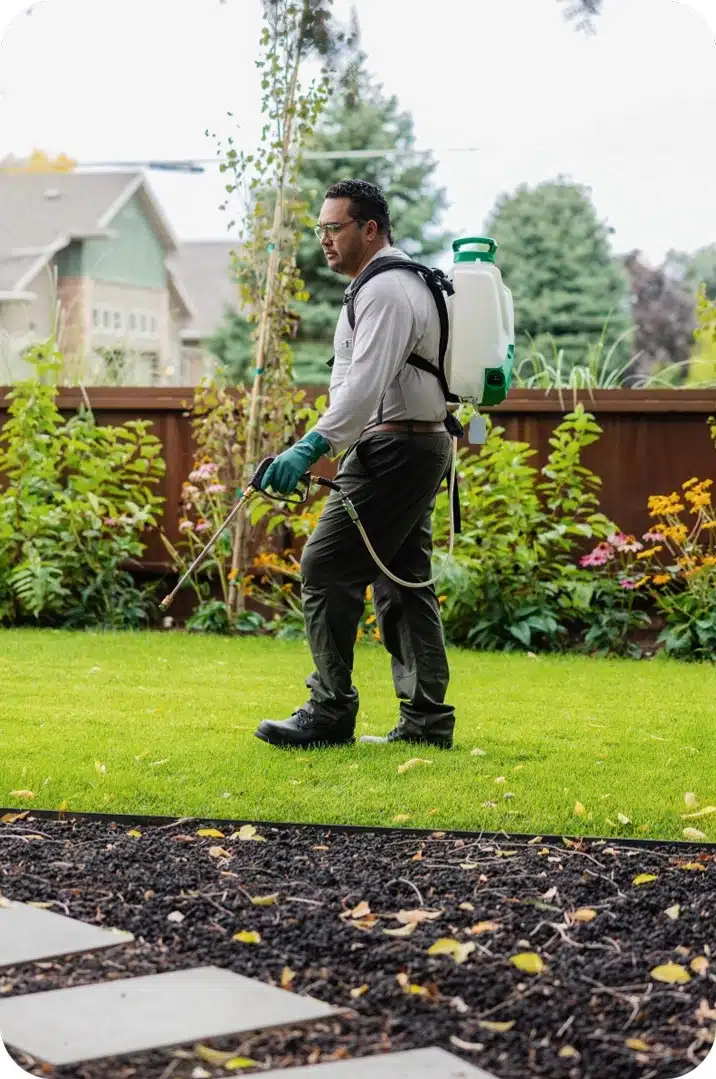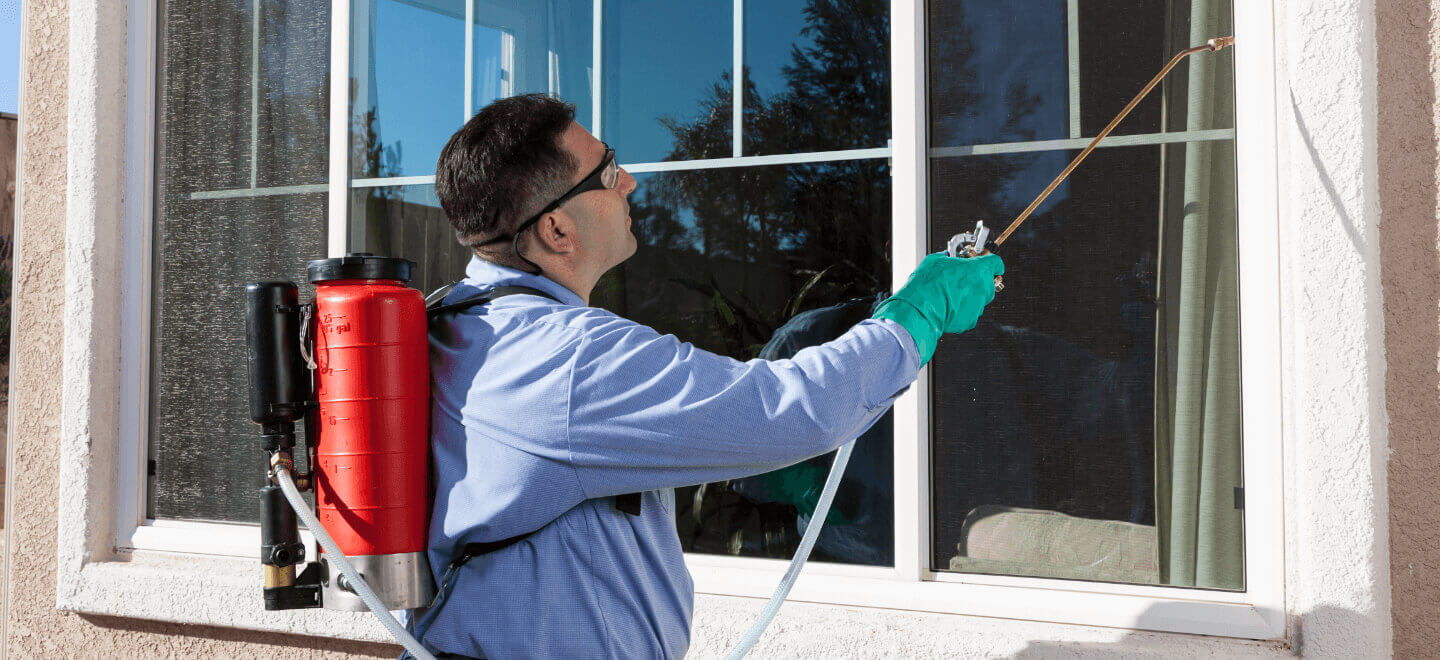A1 Pest Control Charlotte NC Bed Bugs - Specialist Extermination Services
Wiki Article
Bed Insect Treatment Malfunction: Comparing Chemical Vs. Non-Chemical Solutions
In the world of pest control, especially when dealing with the consistent issue of bed bugs, the option between chemical and non-chemical therapy remedies can be a critical one. Both techniques supply distinctive advantages and disadvantages, affecting variables such as performance, safety considerations, and total price. By taking a look at the nuanced information of each technique, a clearer understanding of which path to seek in addressing a bed bug problem can be attained.Effectiveness of Chemical Treatments
Chemical treatments for bed pest invasions have been commonly acknowledged for their rapid and potent effectiveness in getting rid of these insects. When thinking about the effectiveness of chemical treatments, it is important to recognize that they can offer a thorough and fast solution to a bed pest problem.In addition, chemical therapies have the benefit of providing recurring effects, suggesting that they can remain to remove bed bugs also after the first application. This recurring action is specifically helpful in combating any potential re-infestations. Furthermore, the fast action of chemical treatments can bring alleviation to individuals dealing with extreme bed bug invasions, allowing them to gain back control of their home quickly.
Safety And Security Worry About Chemical Solutions
When utilizing chemical options for bed insect therapy is making sure the security of residents and the setting,One important element that requires mindful factor to consider. While chemical therapies can be reliable in removing bed pests, they may present dangers if not handled properly. One of the primary safety concerns with chemical remedies is the prospective damage they can trigger to human health. Direct exposure to specific chemicals used in bed insect treatments can lead to respiratory system problems, skin inflammation, or other adverse responses, especially in people with pre-existing conditions or sensitivities. In addition, inappropriate application or dosage of chemical pesticides can cause hazardous residues sticking around in the cured location, presenting long-lasting health and wellness risks to passengers.Furthermore, the environmental influence of chemical options is an additional significant factor to consider. Some chemicals utilized in bed pest therapies might be damaging to beneficial pests, wild animals, and ecological communities if they leach into the soil or water systems. It is vital to make use of chemical treatments carefully, following security standards, and taking into consideration much less harmful choices to mitigate these risks and guarantee the risk-free and efficient monitoring of bed pest infestations.
Benefits of Non-Chemical Techniques
Taking into consideration the possible safety and security worries and environmental impact related to chemical services for bed pest therapy, exploring non-chemical approaches presents a promising alternative with a number of unique benefits. Non-chemical approaches offer a safer choice for homes, especially those with individuals, pets, or children delicate to extreme chemicals. These techniques get rid of the dangers of direct exposure to harmful compounds, decreasing the potential for damaging health and wellness results. In addition, non-chemical therapies are ecologically friendly, as they do not add to air or water contamination, making them a lasting option for pest control.In addition, non-chemical solutions can be efficient in targeting bed insects, consisting of hard-to-reach areas where chemical therapies may not pass through - A1 bed bug exterminator charlotte. Approaches such as heat treatment, vacuuming, vapor cleansing, and cushion coverings offer detailed elimination without the use of damaging chemicals.
Limitations of Non-Chemical Treatments

Additionally, non-chemical therapies often require several applications to attain effective elimination. This can be time-consuming and may not always ensure full elimination of all bed insects and their eggs, specifically in hard-to-reach or hidden places.
Additionally, the success of non-chemical treatments heavily depends on correct implementation and thoroughness, which can be testing for individuals without professional experience. Inadequate application of non-chemical methods may cause insufficient eradication, leading to persistent infestations and the need for additional treatments.
Therefore, while non-chemical therapies have their advantages, it is necessary to recognize these limitations and consider them when determining the most efficient strategy for managing bed bug problems.
Price Contrast: Chemical Vs. Non-Chemical Options
Given the restrictions associated with non-chemical treatments, an important element to examine in the context of bed pest monitoring is the expense learn the facts here now contrast between chemical and non-chemical choices. In comparison, non-chemical therapies like warmth treatment or heavy steam can be extra expensive, with expenses ranging from $1,000 to $6,000 for a whole home. While the initial cost of chemical treatments might appear lower, numerous therapies may be required to completely eliminate the problem, potentially increasing the general expense.Final Thought

Considering the prospective security worries and ecological influence associated with chemical services for bed insect therapy, discovering non-chemical approaches presents an appealing option with numerous distinctive benefits.Given the restrictions linked with non-chemical therapies, an important aspect to assess in the context of bed bug administration is the expense comparison between chemical and non-chemical choices. In contrast, non-chemical therapies like heat treatment or steam can be more expensive, with costs varying from $1,000 to $6,000 for a whole home. While the first price of chemical therapies may seem reduced, numerous therapies might be called for to completely get rid of the invasion, potentially increasing the overall price.In verdict, when contrasting chemical and non-chemical bed pest treatment choices, it is necessary to take into consideration performance, safety, benefits, constraints, and cost.
Report this wiki page